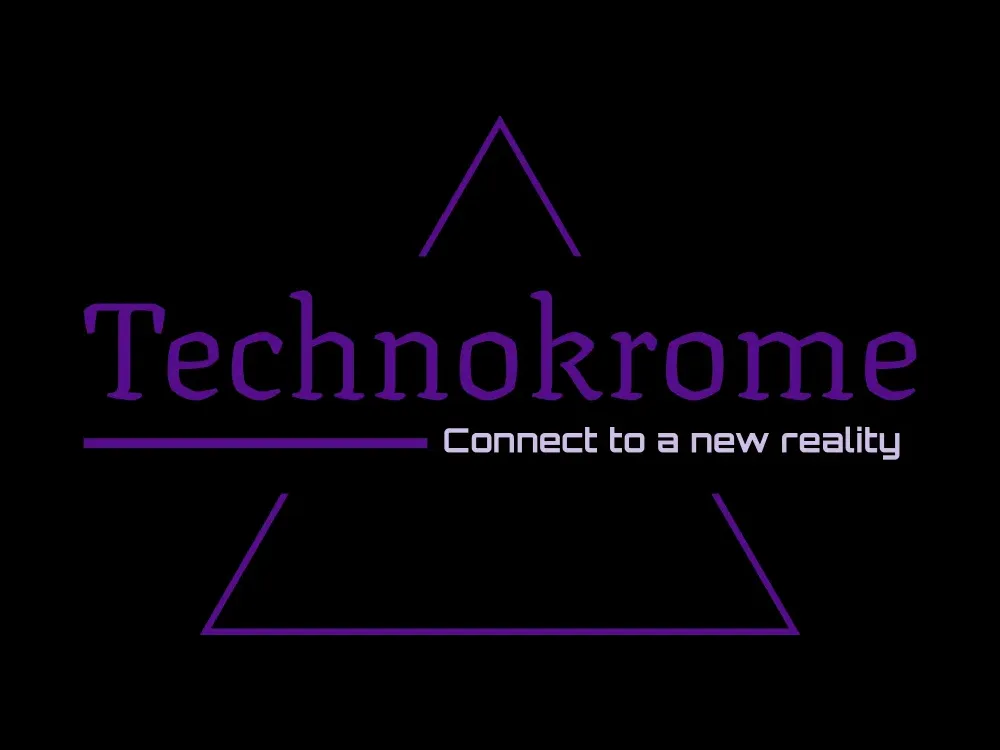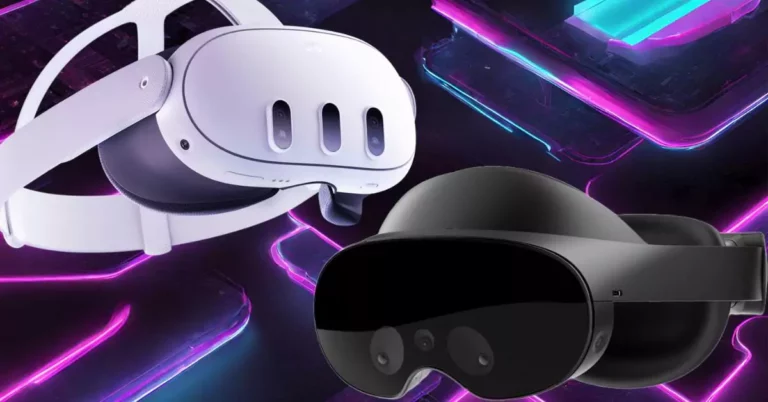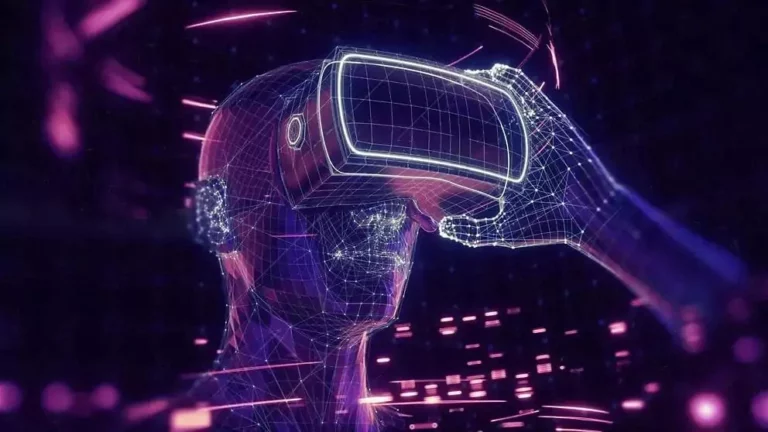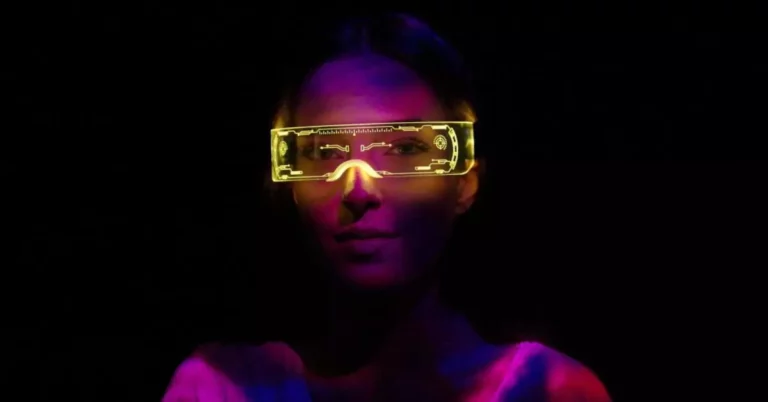Meta plans amplified RAM for upcoming Quest models
According to import logs, Project Cambria could feature up to 12 GB of RAM.
Import logs seem to indicate that one of the upcoming VR models may feature a 12 GB RAM with 256 GB of storage – the description for which was found on a shipment sent to Meta in March.
The majority of VR headsets need only about 4-8 GB of RAM to run efficiently. But with Cambria’s extensive features, it is possible that it may require a larger memory to be functional. Or it could be just to boost the overall functionality of the headset.
As Mark Zuckerberg seems to want his new VR headset to replace laptops someday, it is plausible that he may be extending the memory for improved performance. At least, that’s what leaks suggest.
Meta’s Quest 2, with its 6 GB of RAM and 128/256 GB of storage can handle the majority of apps just fine. Even Triple Window support is decent but can only be accessible in the same environment.
The significant increase in RAM implies that Meta must have put in quite the effort to optimize the new gadget. According to certain sources, the operating system will be segregated into “independent features” to be able to deftly carry out the following:
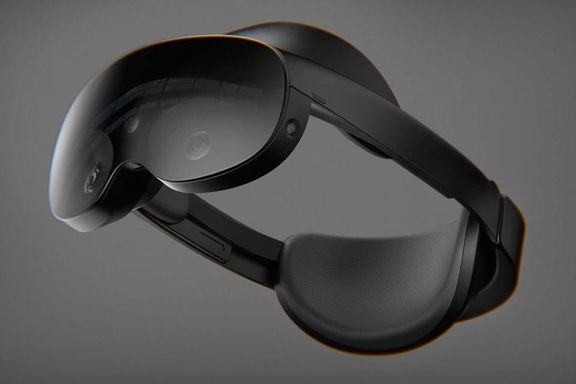
Those sound like an awful lot of multifunctional features for a VR headset. Zuckerberg may intend to evolve this product in the future, and have it adapt to more complex tasks that enable it to function as a laptop. This is probably why memory is added generously – for future improvements.
With Meta featuring color passthrough cameras and self-tracking controllers, the device offering support for mixed reality experience could also contribute to the increase in RAM. Not only high-resolution IR cameras, but the company is also working to reduce the bulky Quest 2 design into something more compact and cohesive by adding LED microdisplays and maybe a substantial reduction in the overall size of the product.
Photorealistic avatars on VR headsets now?
Now as we are talking about Meta increasing RAM for possible future upgrades, we can assume one of them to be the availability of photoreal avatars on standalone VR headsets.
Photorealism is a bracket of art that is produced by incorporating both surreal art and real-time photography. Images or art in this genre is primarily made by reproducing the original source in another medium. It requires sophisticated skills to be able to capture the essence of reality on canvas.
Photorealistic avatars by Meta refer to visually complex representations of the human user in real-time. These avatars would then be projected into a virtual space and embody distinct characteristics of the user being tracked by the sheer number of sensors attached to the wearable VR headset.
As Meta gears up toward building the Metaverse, one of the first things we can expect from the virtual world is socialization. Staying true to its Facebook values, Meta has always aimed to bring people together and build a community. Not only online socialization, Facebook had made it possible for people across the world to come together and collaborate on like-minded hobbies and world issues. And this was years ago.
Now as the world prepares to move into a more virtual setting, where Web3 could transform how people interact with the Internet – Facebook, now rebranded as Meta is bracing to prepare for the world’s gradual shift to a new age of virtual reality.
Trying to sync the world’s phased progress into Extended Reality with Meta’s ambitions, the software giant now has researchers working on a custom chip to make photorealistic avatars plausible in the metaverse. As such avatars would serve as the primary medium of encompassing not only individual user attributes and virtual socialization in general; but also carrying out effective trade in the mixed reality world – this chip could become a groundbreaking reality that transforms the future of Web 2.0 into Web3.
Back in March 2019, Facebook showed the world how they were progressing with their work on realistic digital avatars.
Meta researchers built a custom chip to make photoreal avatars possible on standalone headsets. With the help of complex AI, the company generated Avatars that used a customized capture rig with 171 cameras. Specialized neural networks helped in developing the avatars that can be embodied in real-time using a prototype VR headset.
The prototype had 2 sensors internally viewing the eyes of the user and 3 sensors to externally map the lower face. Having 5 cameras in total aided in the generation of photo-accurate avatars that could be driven in virtual reality.
It seems like Facebook R&D experts have since improved upon that technology and have allowed for the avatars to effectuate more realistic body parts, specifically the eyes with the assistance of eye tracking. These were named Codec Avatars.
So far, Meta’s most competent model can render 5 avatars at 50 frames per second and that does not even include eye and face tracking that facilitates the processing of Codec Avatars.
The 2022 IEEE Custom Integrated Circuits Conference saw Meta researchers publish a paper that presented their ongoing work on an “energy-efficient” chipset that allows for “running eye gaze extraction of the Codec Avatar model”.
The accelerator chip that is supported by neural networks, will apparently help to considerably decrease the amount of power consumed by processors for effectively carrying out VR tasks.
The chip will be placed near eye-tracking sensors on the circuit – so as to diminish the consumption of power and efficiently carry out the generation of Codec Avatars. Camera feedback will be used for that purpose and researchers say it can be an added benefit for privacy concerns since the processor would not have access to raw data collected by the eye-trackers. Well, that’s a first for a company that continually gets besmirched for privacy breaches.
But since eye tracking constitutes barely a fraction of the entire procedure that births photorealism on VR, this silicon alone cannot be expected to carry the required mechanics on its back.
Regardless, it is definitely a major step for Meta researchers that could foster the growth and development of revamped VR architecture – and could help bring photorealism into the Metaverse’s ambition of providing smooth XR experiences to its users.
